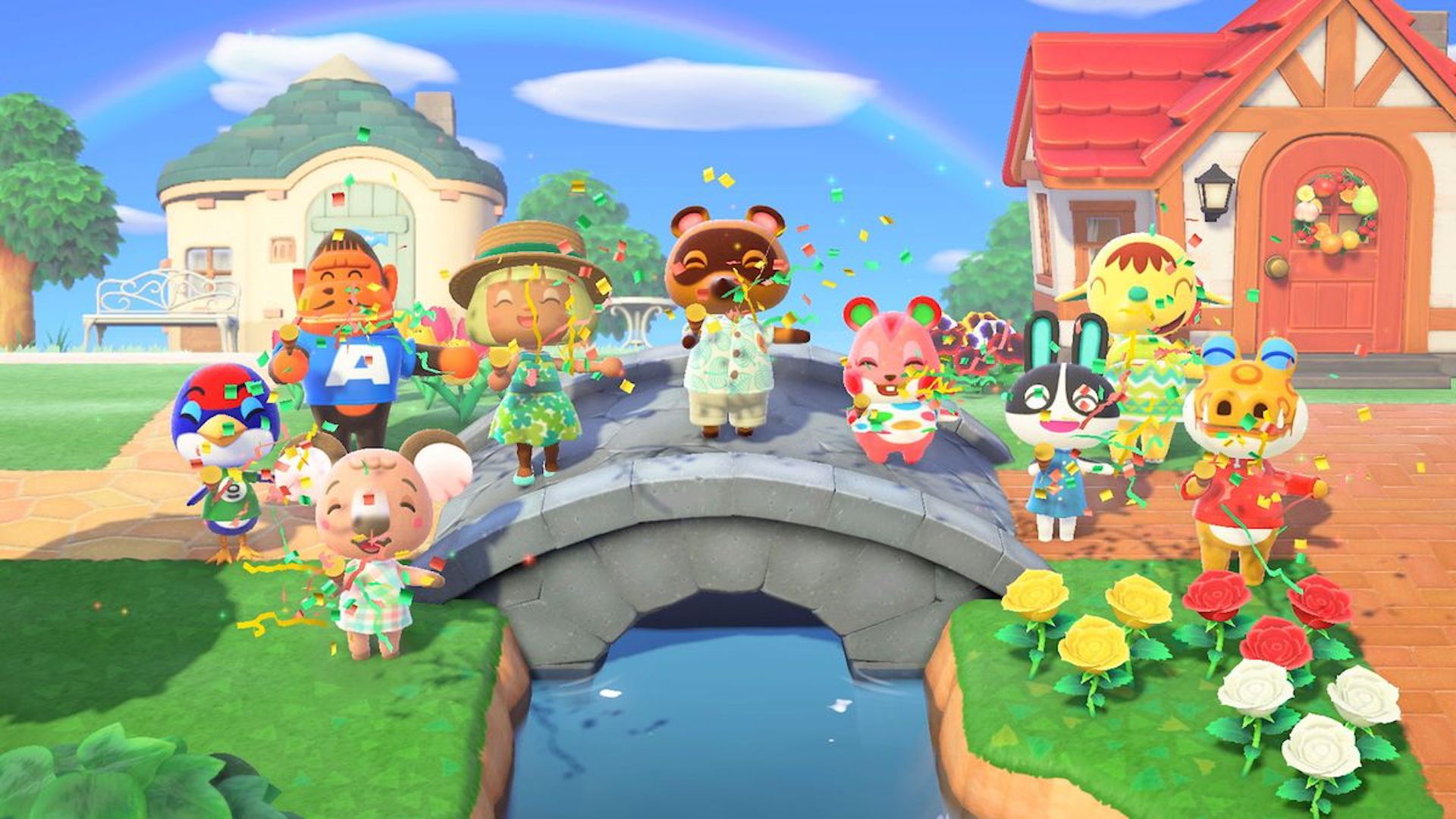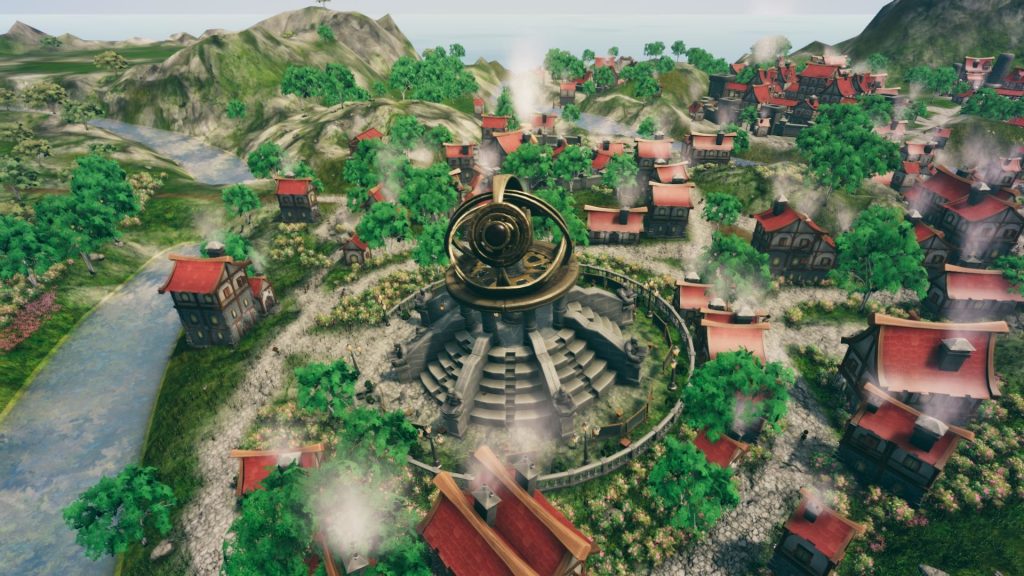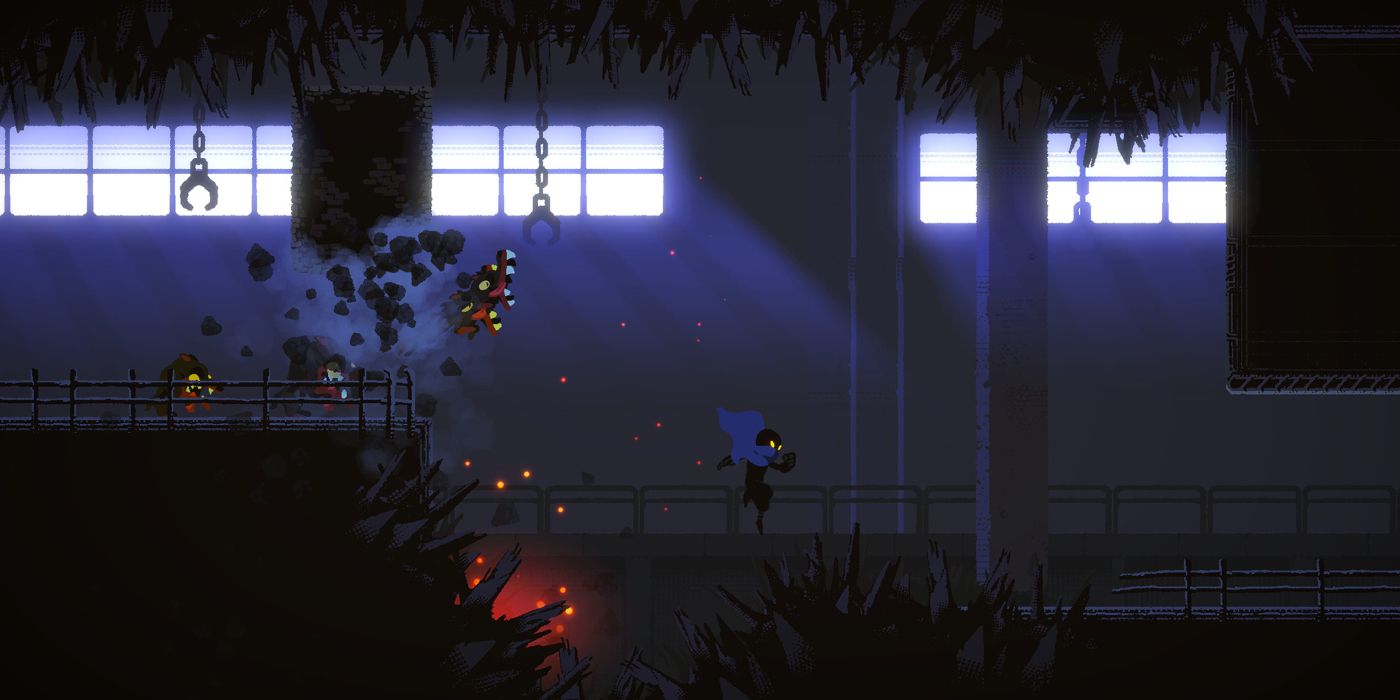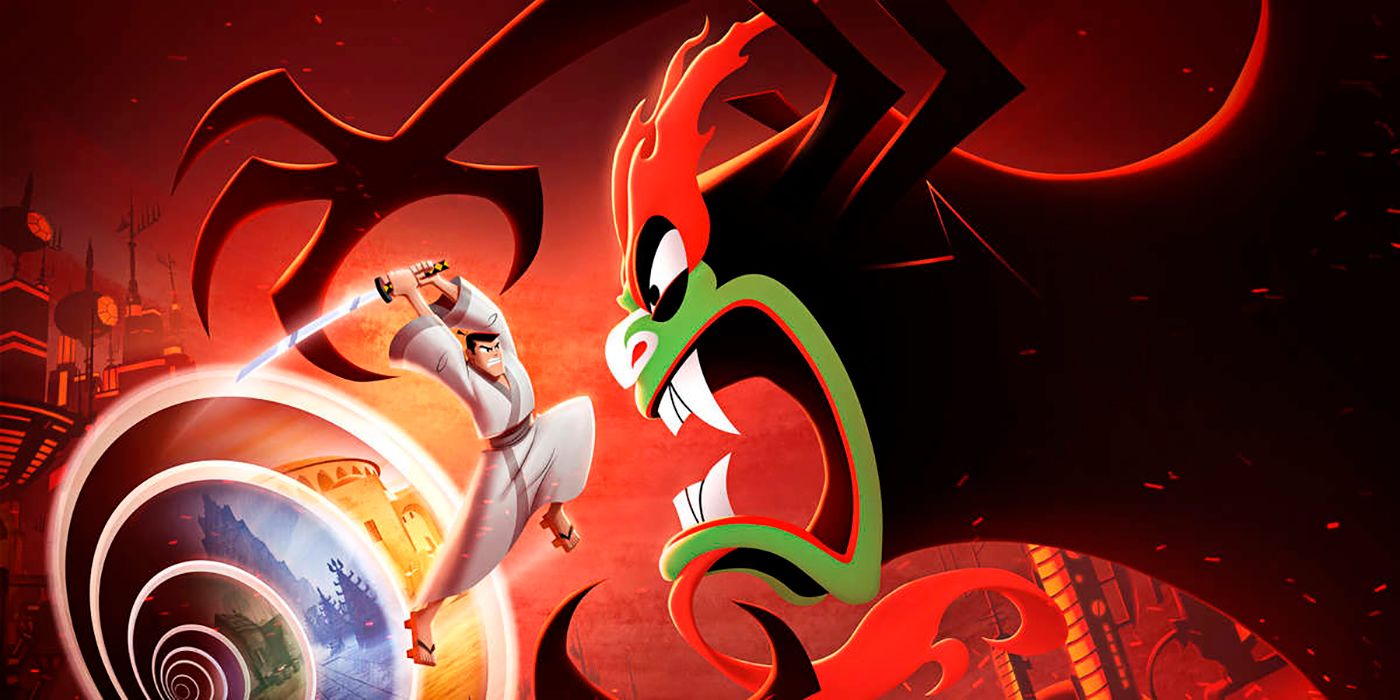
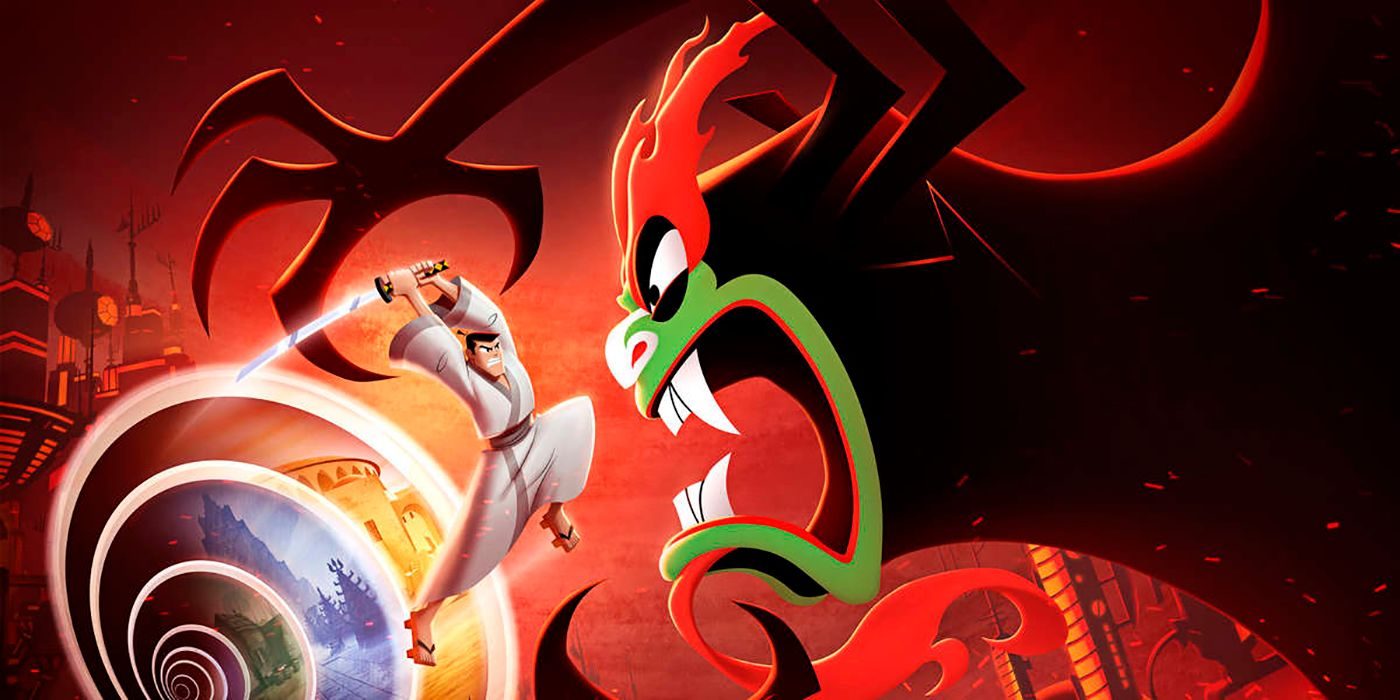
Samurai Jack: Battle Through Time sees the titular character dive through time in order to defeat his long-running nemesis, Aku, but the game also does a solid job of taking players back through time themselves. By keeping the original Samurai Jack voice actors (including Greg Baldwin, VA for Aku as well as Uncle Iroh in Avatar: The Last Airbender), the cutscenes and characters come to life in this game, creating a truly nostalgic experience.
Unfortunately, while the sense of nostalgia is strong upon starting up the game, it eventually disperses through the handling of characters, including Jack, and a heavily repetitive structure. With Samurai Jack: Battle Through Time only having 9 stages, a handful of enemy types, and an approximate playtime of 10 hours, it’s not going to be everyone’s cup of tea, even major Samurai Jack fans.
RELATED: Samurai Jack: Battle Through Time Has Awesome Limited Collector’s Edition
As mentioned, it is genuinely a nostalgic game. Seeing and hearing the beloved core characters like Jack and Ashi, coupled with returning characters like The Scotsman, truly give a sense that this game paid attention to its source material. Quickly, though, this becomes a double-edged sword. Samurai Jack: Battle Through Time takes place near the end of season 5, and in doing so, fails to achieve its same status and even undermines its more mature tone.
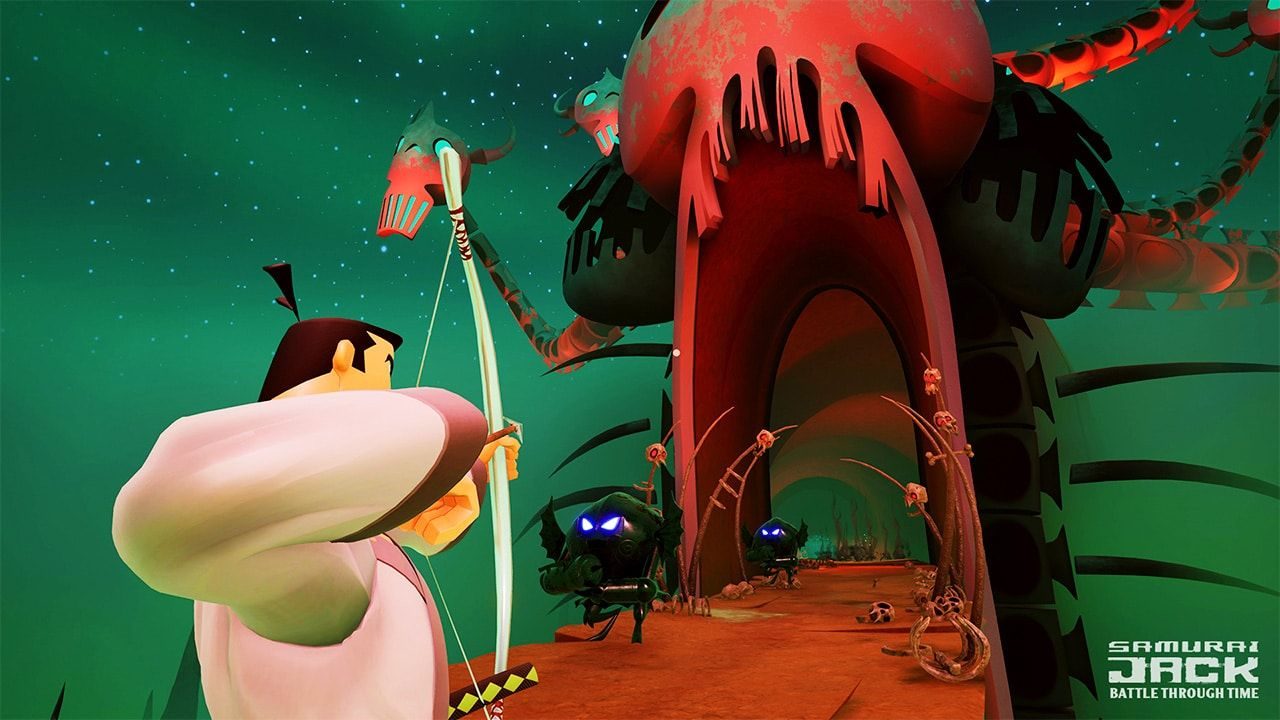
Samurai Jack season 5 was praised for its more mature approach to the series, as viewers see Jack lose himself, give into his PTSD, and slowly recover. Together with Ashi, Jack is finally able to complete his journey and come to a bittersweet ending that was perfect for the series. Without treading into spoilers, Samurai Jack: Battle Through Time manipulates a key moment of season 5 to develop its own plot, one that undermines the more mature tone and character development seen in the series. Fans just looking for more Samurai Jack and that can overlook how it manipulates the plot may find a diamond in the rough, though.
The overarching story is not it, however. Even the moments that are tied to season 5 and the game’s major plot points are brief and bare, with the main draw instead being that of the nostalgia walk through past events. That’s not really a bad thing and it works for the game, but those who are looking for a deeply-involved Samurai Jack experience will find the game lacking in this regard.
On the other hand, the combat in Samurai Jack: Battle Through Time can be simple and really fun. In battle, Jack wields his iconic magic sword but can use various ranged weapons, clubs, axes, spears, and more. Even Jack’s use of guns in season 5 is represented here, as Jack has shown he is willing to use anything it takes to survive.
Choosing a gun over the magic sword, however, doesn’t really reflect the source material, but since weapons break and guns can run out of ammo, it can be seen as a nice touch. The magic sword itself is unbreakable, and even those who find they prefer another weapon, it’s worth mentioning that the weapon durability is better handled than, say, Breath of the Wild.
As Samurai Jack progresses and learns more skills, there are a few combos and abilities that can help vary up this gameplay, but it still very repetitive. Outside of the simple button-mashing required for combos, there’s not a lot of variety in the enemies. Bosses are typically both unique and nostalgic, outside one reoccurring mini-boss, and new common enemies do occur in some chapter. But for the most part, though, players will spend their time fighting the same enemy type with slight variations.
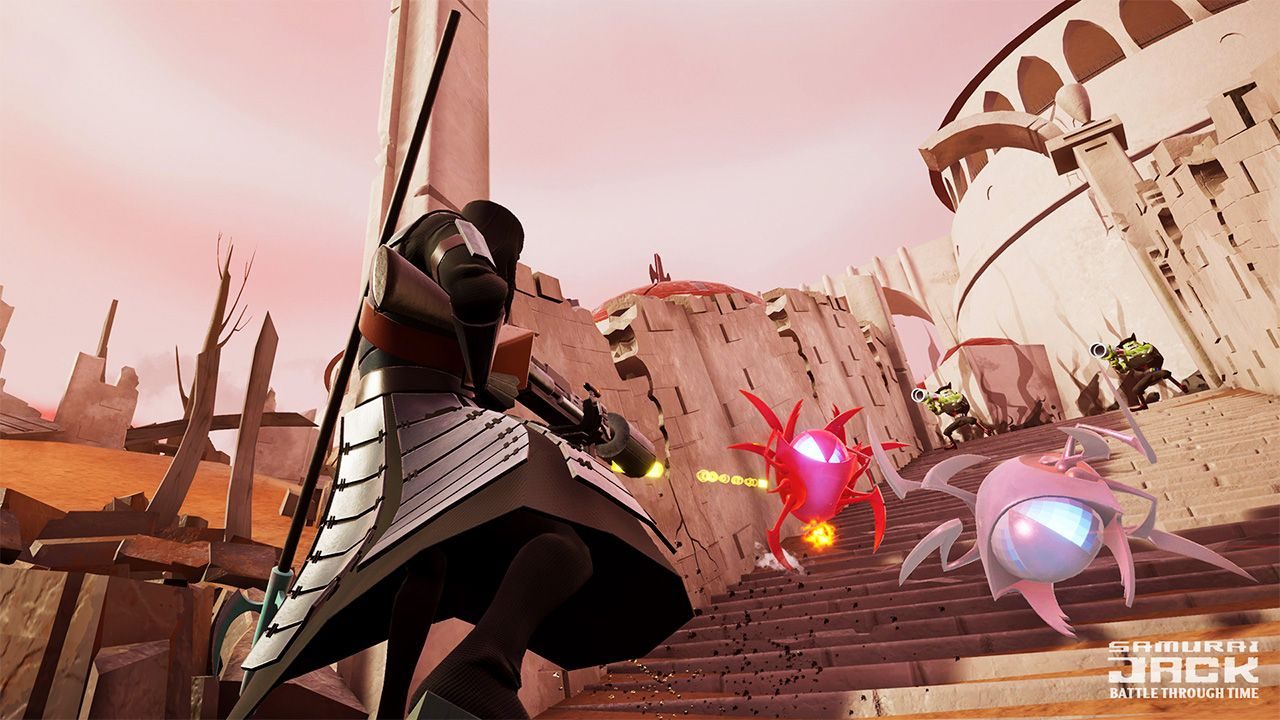
As with most approaches in Samurai Jack: Battle Through Time, the overall design is a mixed bag. The level designs are simple, with each taking players through some of the best moments of the series. There’s little mystery to most levels, though, as players proceed by entering into a new area, being blocked in by Aku’s evil magic or an equivalent, and facing the enemies before moving forward. Puzzles of any sort are few and far between, with the overall design facing the same sort of repetitiveness as the combat.
That’s not to say it doesn’t try, though. One thing that slightly changes up how players proceed through the levels are the side-scrolling segments. These let players really take in the artwork, have a little variety the further into the game players advance, and can give a unique twist to Samurai Jack: Battle Through Time‘s combat. However, a few of these are simple run-throughs that don’t have much of a purpose besides aesthetics.
At the end of the day, Samurai Jack fans who simply want more of the franchise in their life may find this game is worth its $40 price tag. On the other hand, fans who care about the canonical events of the show or those who are less invested in the franchise may find they have mixed feelings about it. It has the fun factor many may seek but is ultimately a mixed bag of odd decisions and nostalgic moments.
Samurai Jack: Battle Through Time is out now for PC, PS4, Switch, and Xbox One. Game Rant was provided a PS4 code for the purposes of this review.
MORE: Here’s How Big Samurai Jack: Battle Through Time is on Switch

